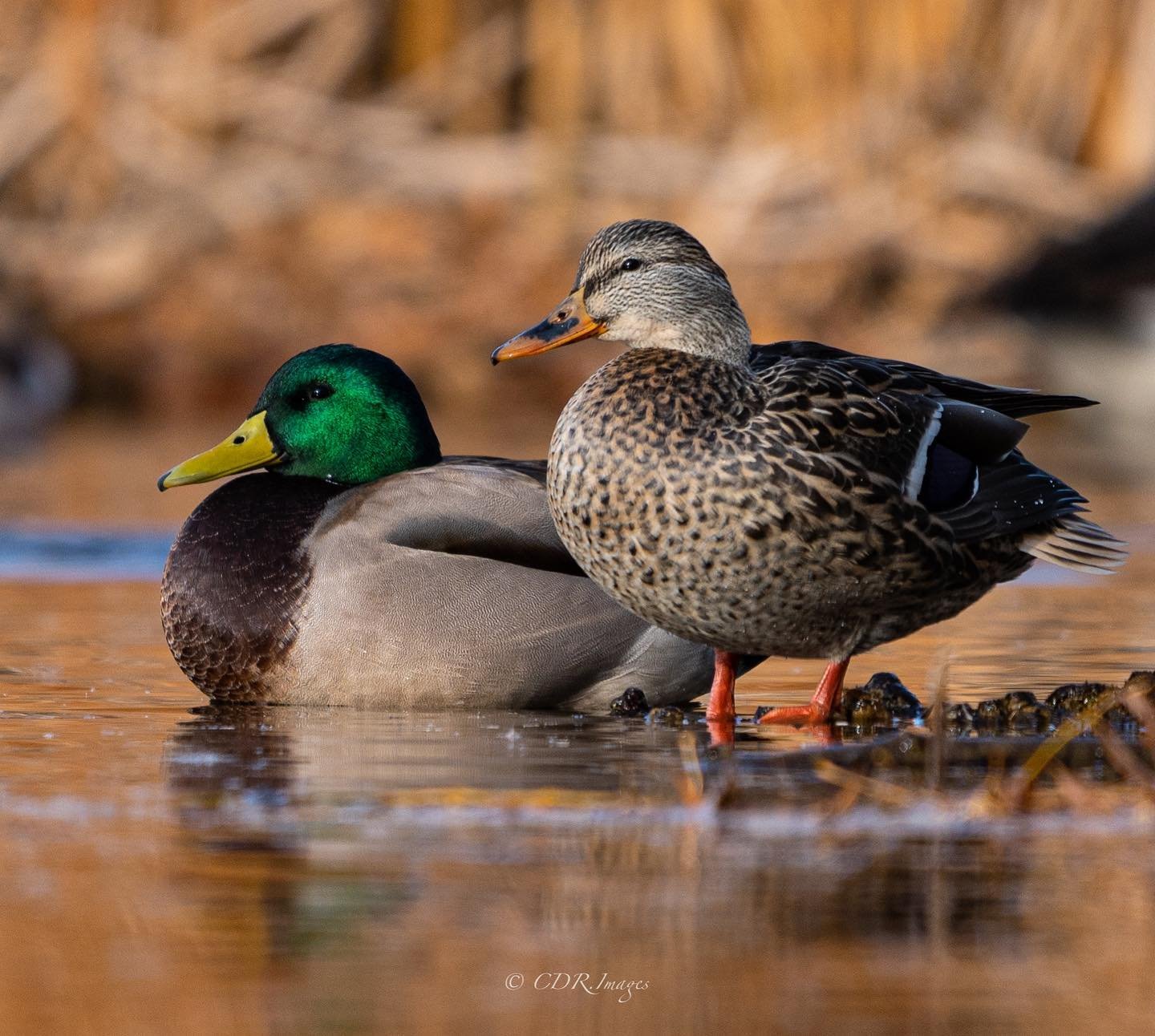One Million Ducks
Shawn Swearingen for SPLIT REED
Cover Photo Courtesy Ray Beaulieu
In the midst of hunting season, we all hear different reports of who is seeing birds, who haven’t had good flights in years, and everyone’s varying opinions on why. The first spring aerial surveys this past year over the Prairie Pothole Region (PPR) and Canada after missing two years thanks to Covid closures, also leaves many of us scratching our heads on the true duck numbers. Delta Waterfowl Foundation is looking to help the future of the annual numbers with their latest Million Duck Campaign (MDC).
Launched in September of 2022, the MDC goal is to add one million ducks annually to the fall migrations. This is a compounding benefit to each flyway with a focus on making duck production successful. How does the campaign make this possible? Joel Brice, Delta’s Chief Conservation Officer, stated, “Hen houses are focused solely on [nesting] mallards; 250,000 mallards annually in perpetuity. Predator management (750,000 ducks annually) benefits a wide variety of species, but predominantly dabblers.”
“MDC includes all four of Delta’s pillars (duck production, HunteR3, research & education, and habitat conservation), but the one million ducks are strictly a result of predator management and hen houses.”
All of this is in addition to the critical work being done on habitat restoration and creation by Delta, landowners, and other non-profits. The decades of research in effective predation management in coordination with studying hen houses show how beneficial they can be in combination. According to Delta’s numbers, 110,884 henhouses could help produce 250,000 ducks annually; equating to roughly a 2.25 ducks per henhouse average.
Effective predator management in the areas of nesting will help keep the area from being more food in the form of ducklings. Delta’s research shows that nests in altered, agricultural environments where there are no predator trapping programs, success rates of those nests often between 5% and 10%. In order to just maintain a population, a success rate of 10% to 20% is needed.
In the four months since the launch of the MDC, there has been a great reception of the program with progress awaiting the returning ducks. “In terms of the MDC and duck production programming, we will have almost 12,000 hen houses ready and waiting for mallards to return in the PPR this upcoming Spring. There will also be 29 predator management sites operating this Spring in the PPR; three in Saskatchewan, three in Manitoba, and 23 in North Dakota,” Joel stated.
So, what are some of the different things that hunters can do to help the campaign other than donating? Joel commented, “In terms of producing one million ducks annually in perpetuity, our needs are strictly financial. Although, we will need to enlist the paid services of a large number of professional trappers and henhouse contractors. In terms of volunteerism, hunter recruitment is an important component of MDC so it’s definitely all hands on deck when it comes to recruiting new hunters.”
Delta has raised over $132 million in pledges as part of the MDC, more work and help is needed! If you want to learn more and even volunteer, you can sign-up for email updates here. You can also read how critical predator management is to the preservation of nesting ducks on the Split Reed website as well. There have been lean years recently in duck production with the ongoing drought conditions of the Prairie Pothole Region. Doing everything we can now, will help ensure ducks for the future with Delta’s initiative.
For more Split Reed Original Content click here.



